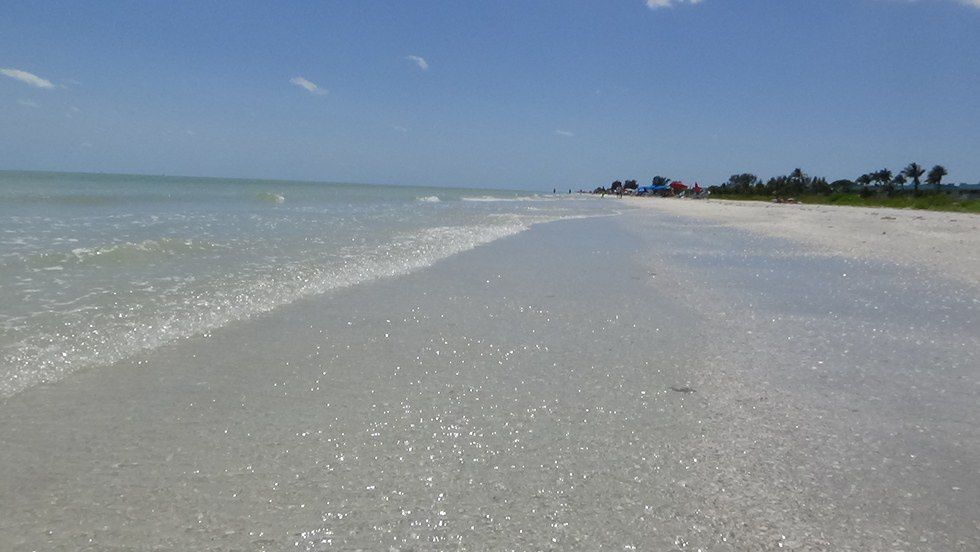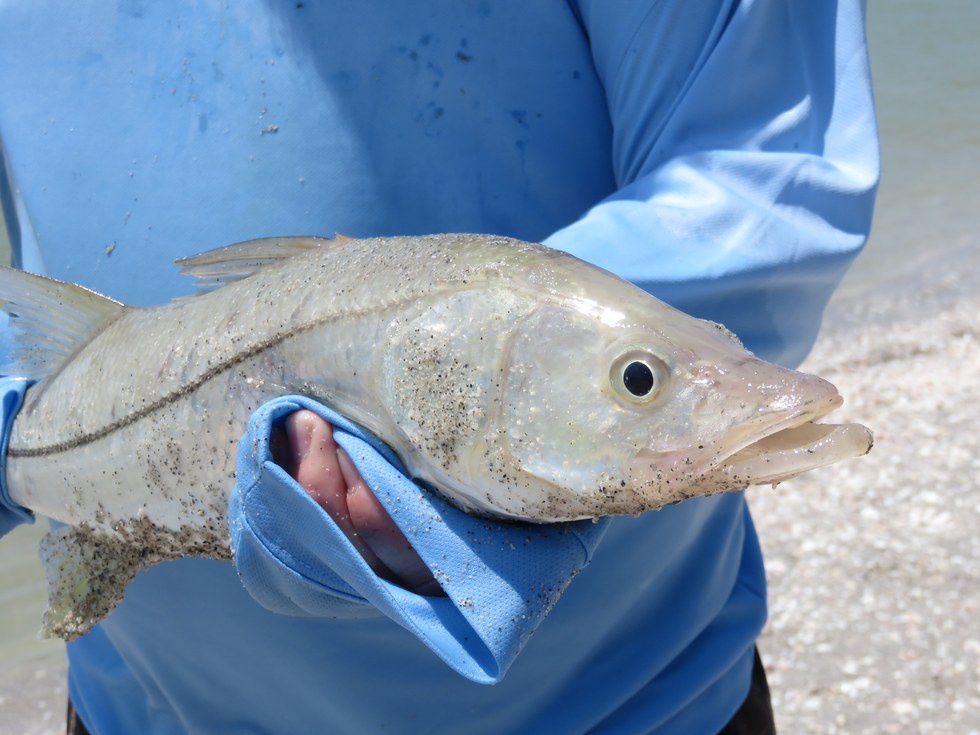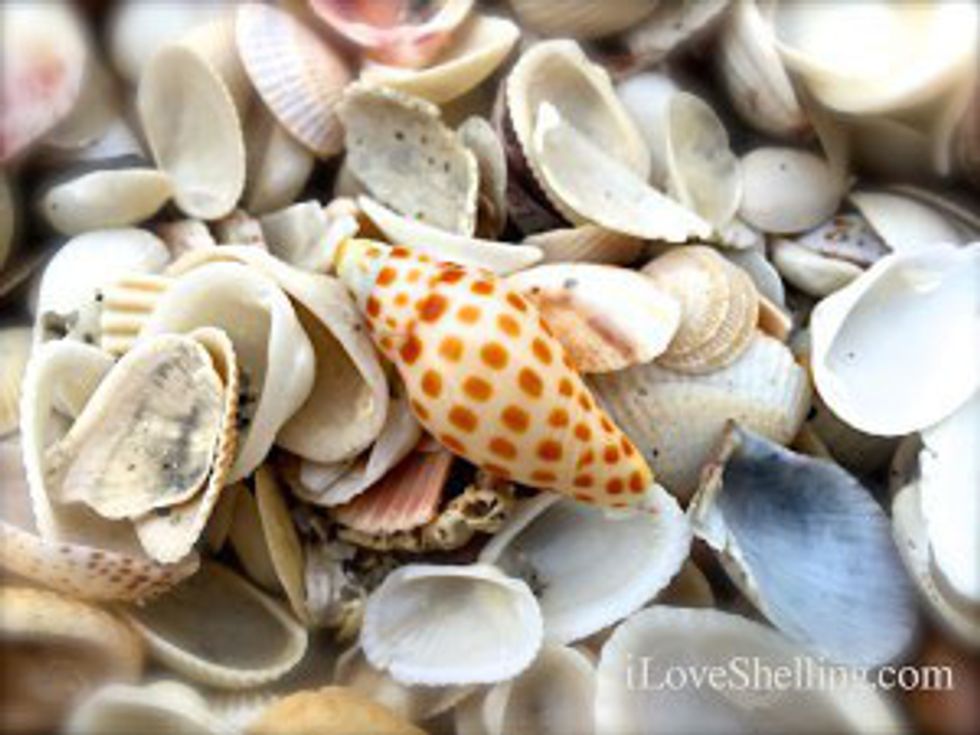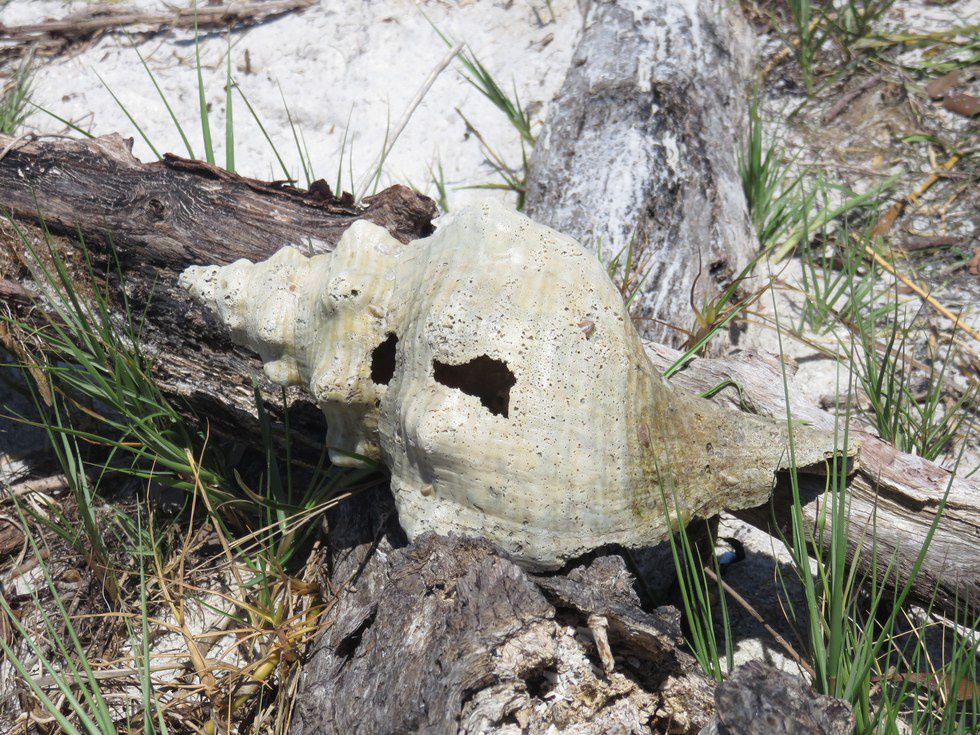This spring was the fifth year my family and I traveled over 1,000 miles to the lovely island of Sanibel, our “home away from home”. We travel during the off season, when the locals move north from their beach homes because of the blistering Florida summers. There are only 6,500 people who live on Sanibel’s small 12 mile stretch of land year round, which makes the island a great place to relax.
I’ll tell you why:
Sanibel Island is located on the gulf coast of Southwest Florida. And it is B-E-A-UTIFUL. People travel from all over the world to Sanibel Island for more reasons than one. The warm gulf water, secluded and peaceful beaches, the countless pirate legends, world renowned fishing and boating, and gorgeous land saved by wildlife refuges. And the fact that Sanibel Island is considered the best shelling spot in North America!
What island can you go to that has no traffic lights, no fast food or chain restaurants, the highest building being 2 stories, and has 530 different species of shells, fish and birds? Sanibel.
Sanibel Island possesses America’s only shell museum and the famous landmark of the Sanibel Lighthouse, which was built in 1884 and towers 98 feet tall.
Sanibel Island is most famously known for its beautiful shell beaches and lush wildlife.
More than half of the island is made up of wildlife preserves, the biggest being J.N. “Ding” Darling. Just some of the animals you can find in the wild include turtles, alligators, lizards, rabbits, snakes, foxes, bobcats, rats, raccoons, fish (tarpon, snook, grouper, snapper, sheepshead, pompano, marlin, redfish, sea trout, mackerel, dolphinfish, hogfish, ladyfish), starfish, stone crabs, sea slugs, dolphins, shark, manatees, otters, and birds (osprey, pelicans, egrets, herons, eagles) and many, many more.
Shells that you can find at these beaches are conch shells, clam shells, alphabet cones, tulips, paper figs, kings crown, fighting conch, sea anemones and lace murex. And the most celebrated and desirable shell on Sanibel? The rare Junonia or Juno, that is IF you’re lucky!
You can get to Sanibel by boat or by driving over the causeway, which consists of three separate bridges with two man-made ‘causeway islands’ between them.
Sanibel Island is connected to a few astonishing different islands. Sanibel connects to Captiva Island by a bridge called Blind Pass, which is a 5 mile stretch of beautiful beaches and multimillion dollar mansions. Above Captiva is another 5 mile stretch of land on North Captiva Island, which is only accessible by boat or private plane. Above North Captiva is a remote island called Cayo Costa, which is an 8 mile long Florida state park only accessible by boat. Cayo Costa has the largest and most beautiful shells I’ve come across yet, and much of the land resembles a jungle leading up to the ocean waters. This is where I found a Triplofusus giganteus, also known as a horse conch, which can be measured as a whopping 11 inch shell filled with barnacles.
Shelling Tips:
Get in the water! When the waves rush in, watch the ocean floor and grab before they get pulled back into the ocean!
Watch the tides and go out to the surf at extreme low tides.
Get out there right after a storm.
It’s illegal to keep live shells (Shells with live animals inside of them)
"The Sanibel Stoop": The stance when a person goes shelling. (Walking on the beach in the shallows of the ocean with buckets, bags and nets, stooping over to find the best shells.)
How to Clean Shells: Soak in a 50/50 solution of water and bleach overnight (Unless a sea urchin or sand dollar, then soak for less than 1 hour). To make shells shine, wipe with mineral oil.
How to Harden Sand Dollars: Soak in 50/50 solution of water and bleach for less than 1 hour, lay out in sun, brush coat of equal portions white glue and water, let dry.































